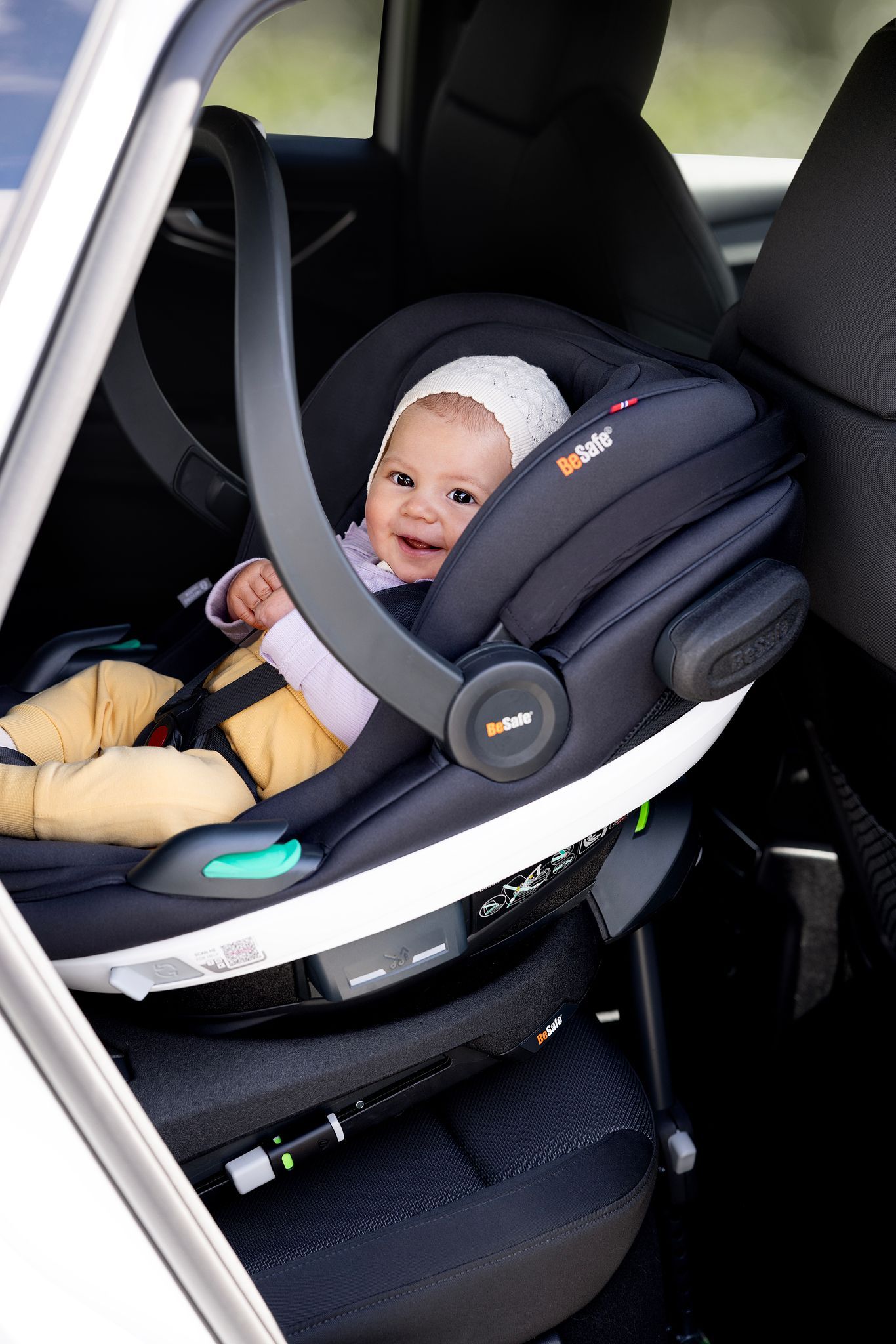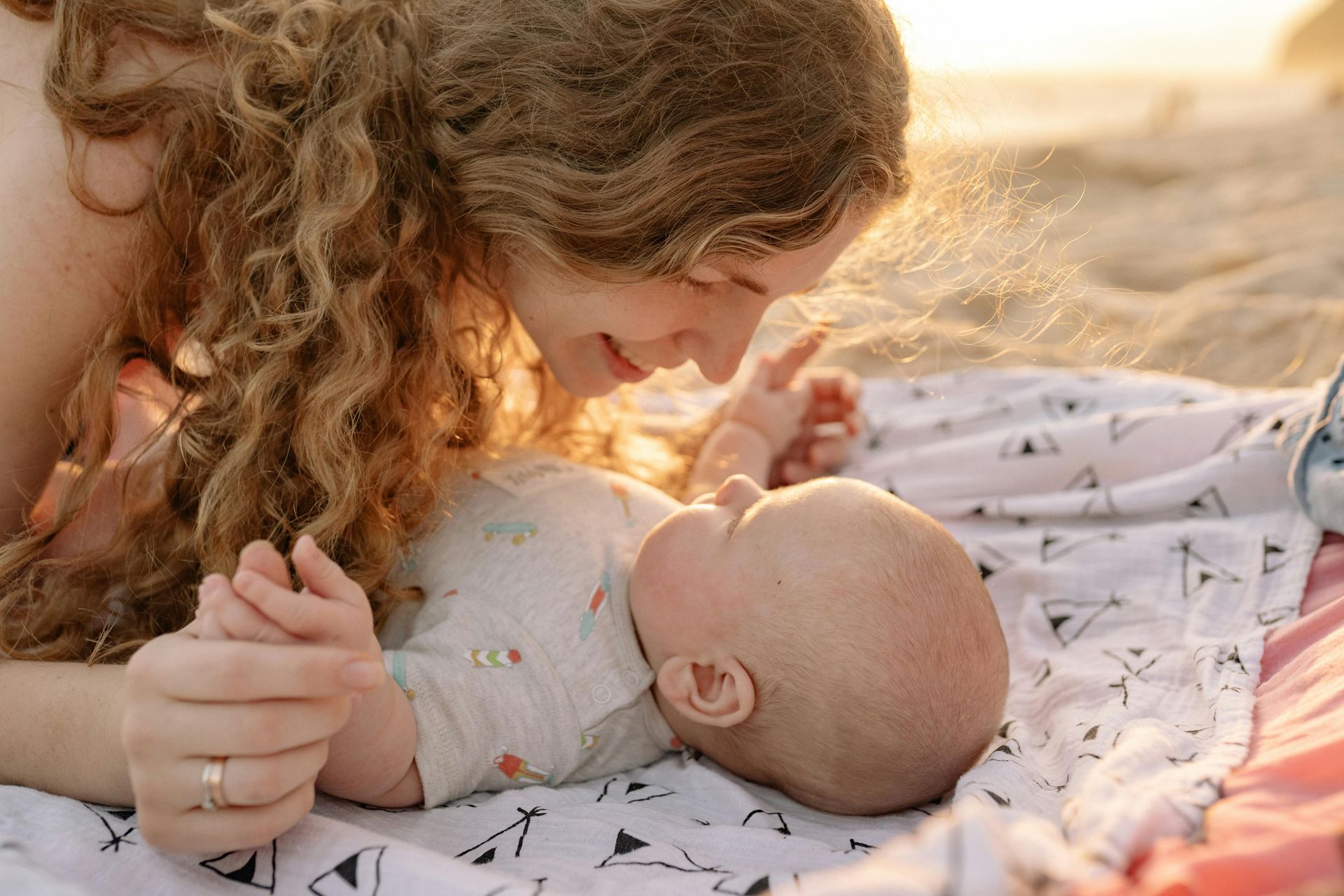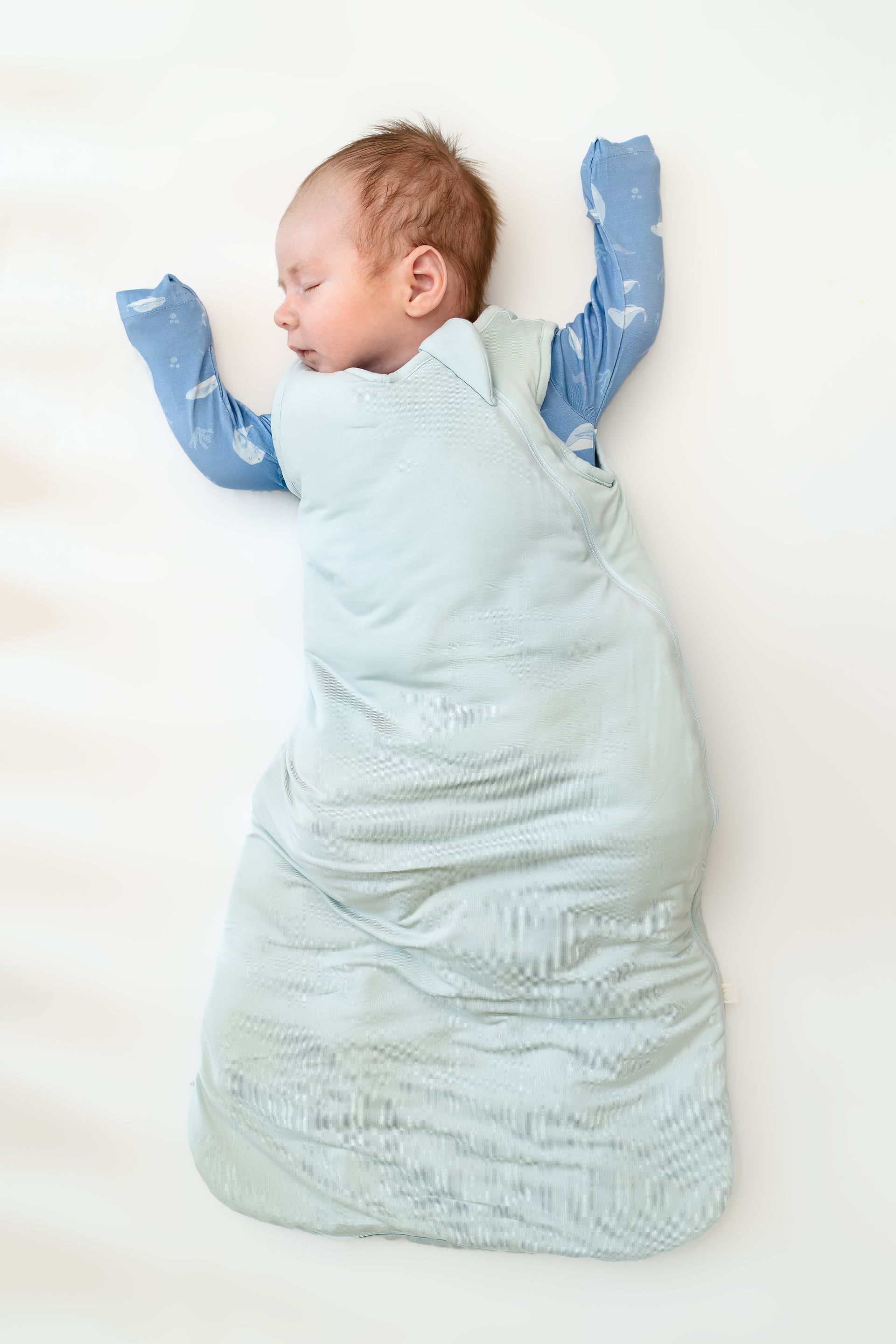Moving Baby to their Own Room
5 steps to help you move your baby to their own room
Written by: Lamis Benjelloun
Deciding to move your baby to his or her own room can seem like an overwhelming task. After all, they have spent the last few months (possibly years?) in the bassinet or crib right next to your bed. Whenever you are ready to come to that decision, below are 5 steps to help you do that.
But first, I’d like to take a little detour and discuss why room-sharing is common. Often, mothers choose to keep their babies close by because in the days or weeks following birth, babies wake up often to feed and it is just more convenient to have them nearby. How long you keep them near is, however, absolutely up to each family. Some have a pre-determined period, like the first 4, 6 or 9 months of room-sharing before they want to transition their baby to their own room. Others want to wait until baby is sleeping through the night. Still, others want to share their room with their children until the children are ready for their own space. Whatever your motivation or plan is, I want you to know that this is absolutely fine. There is no rule about when children should be in their own rooms and each family has different preferences.
From a safety perspective, the American Academy of Pediatrics does recommend that parents and babies room-share (not bed-share) for the first six months and up to 12 months of a baby’s life as a safe sleep measure to reduce the incidence of SIDS (Sudden Infant Death Syndrome). This recommendation was, however, followed by a study in Pediatrics (the journal of the American Academy of Pediatrics) that found that at 4 – 9 months of age, room-sharing was “associated with less reported nighttime sleep in both the short- and long-term, worse sleep consolidation, and unsafe sleep practices previously associated with sleep-related death.” This showed that the while room-sharing was recommended to reduce the incidence of bed-sharing, it had the opposite effect: parents who room-share with their infants were more likely to bring them in to their own beds at some point in the night.
All of this to say that while we know the recommendation and we should place baby’s safety above all, we also know that in general, babies have been known to sleep better in their own space. So ultimately, the choice is yours mama, you can move them when you feel like you want to and are ready to do it.
Get them used to their room
Start by building a relationship between your baby and the nursery. Pick one activity during his or her day and do it in their room. This will help them get used to the space and feel positive about it. I encourage you to avoid “playing” inside the crib as we want baby to come to associate it with sleep, not play.
Focus on the environment
Make sure that the room is ready for sleep. Investigate whether you have the right kind of curtains to make it dark and that it is visually quiet without too many distractions. This will invite sleep. Also check if the room needs a white noise machine to drown out any environmental noises that might wake baby up.
Start Routine in Baby’s Room
Once baby is used to their room, you can start doing your pre-nap and bedtime routine there. Keep it as consistent and as similar to their routine in your room as possible. After the routine, you can take them to your room to sleep.
First nap in the day in their own room
The next step is to have baby do their first nap of the day in their own room, preferably in the same bassinet that they were using in your room. If baby is under 5 months of age, this transition should be relatively easy. If older, you might need to provide additional soothing. After a few days, you can have them sleep in the crib instead of bassinet.
Add other naps and night sleep
Once baby is taking a nap regularly in their own room, they are ready to move all sleep to that room, in their own crib. Remember that your baby takes their cues from you so if you are intentional about moving them to their room and consistent in your approach, the move should take a few days and baby will adjust to the new space.
As you embark on this journey of transition and change, it is a great time — if you haven’t done so already — to set up some healthy sleep habits for your child. If you want to chat more about this, schedule a call with me today.
And remember, whether you continue to room-share or transition baby to their own room, please keep in mind safe sleep measures.





